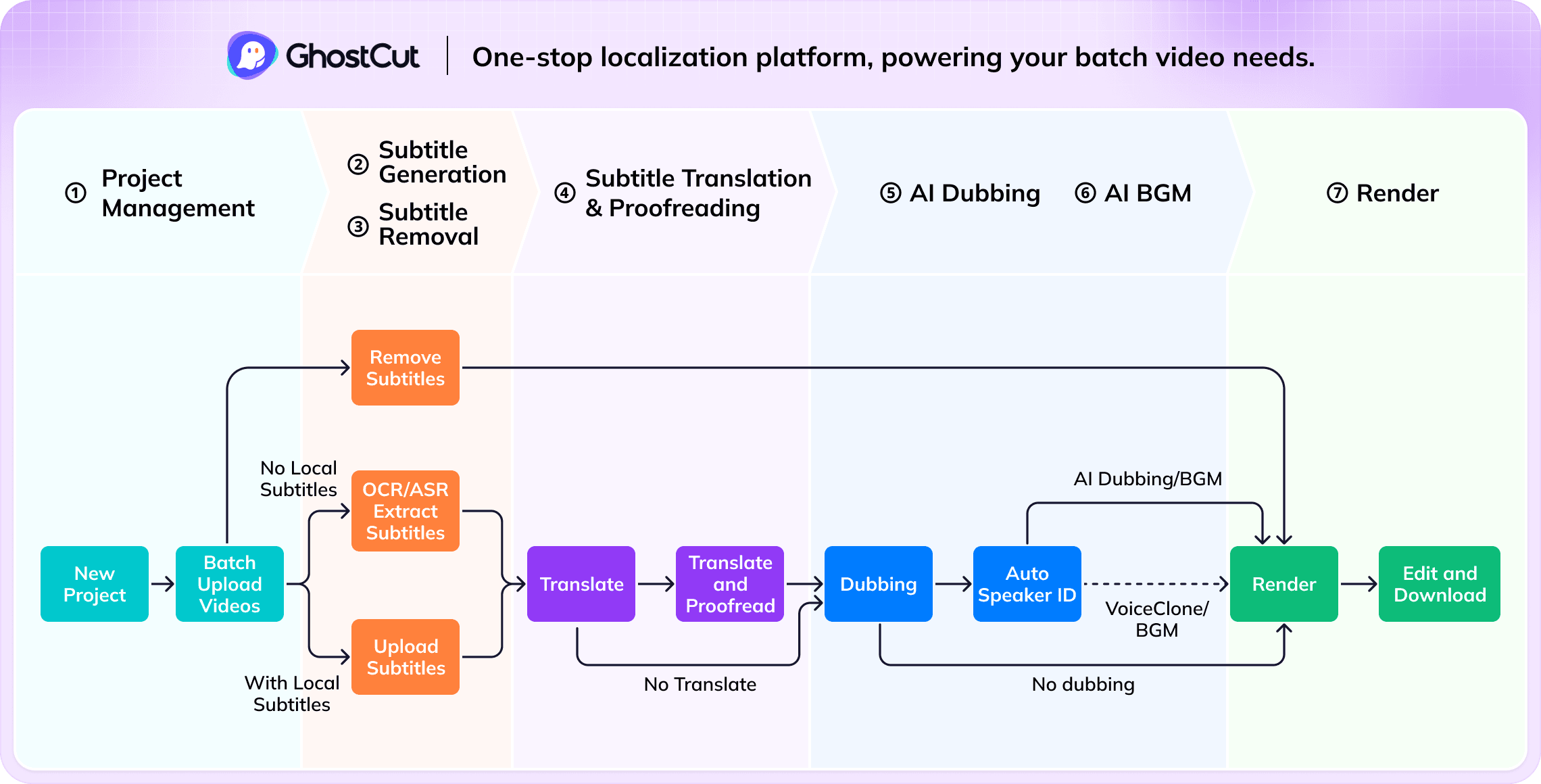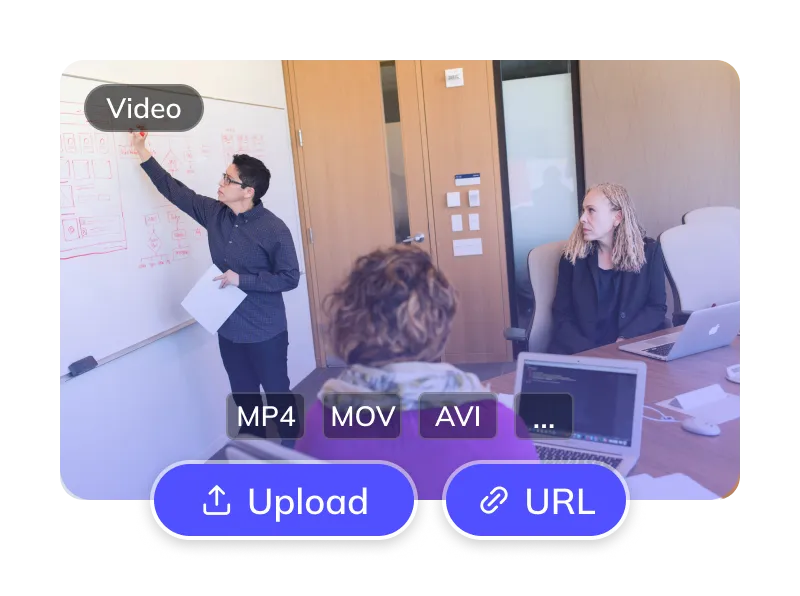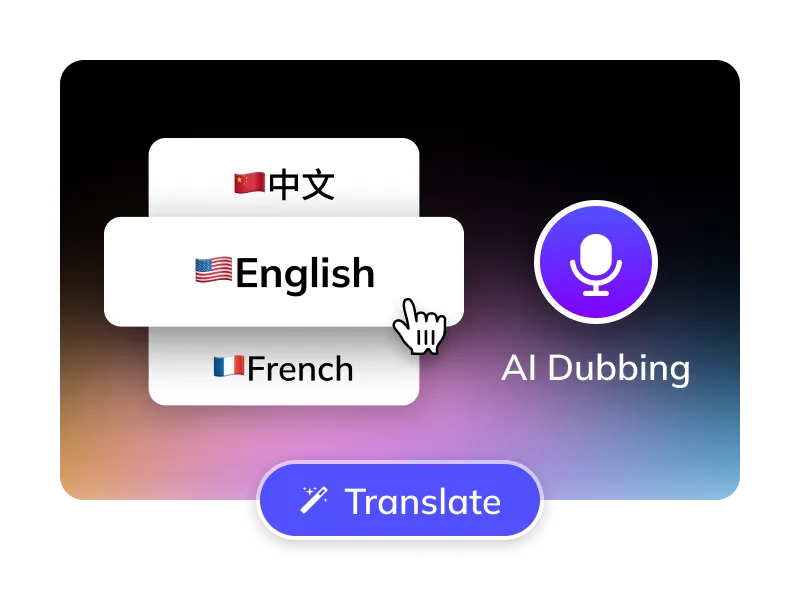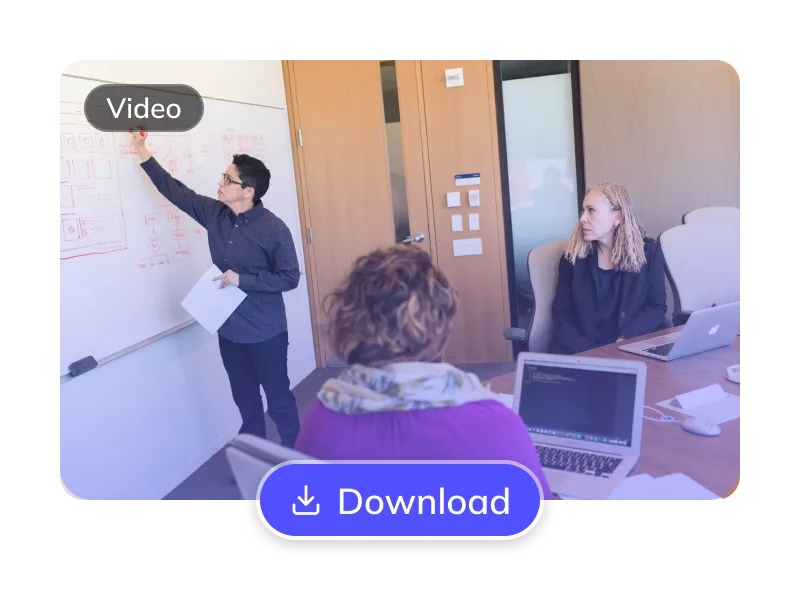How to Translate YouTube Videos to English ?
Translate YouTube Videos to Japanese in 3 Easy Steps
Trusted by 1,500,000+ Global Creators and Businesses
Why GhostCut for Your Video Translations?
GhostCut is your all-in-one AI solution for translating YouTube content into natural, engaging Japanese.
Effortless Project Management
Manage YouTube assets, subtitles, & Japanese videos. Batch process projects efficiently.
Pinpoint Japanese Accuracy
Up to 99.5% accurate. Optimized for YouTube-to-Japanese with LLM calibration & multi-agent review for culturally fluent Japanese translations.
Lifelike Japanese AI Dubbing
Choose from diverse, human-like Japanese AI voices (US/UK accents). Emotion-cloning technology captures original tone for natural Japanese delivery.
Flexible YouTube Subtitle Options
Optionally erase original YouTube hardsubs for a clean slate. Translate embedded YouTube subtitles directly.
Smart Multi-Speaker ID (YouTube)
AI detects multiple speakers in YouTube videos. Assign or clone distinct Japanese voices per character, with cross-episode consistency for complex Japanese dubs (dramas, interviews).
Efficient Batch Processing & API
Batch translate and dub 100s of YouTube videos to Japanese at once. Seamlessly integrate with our robust API.
Versatile BGM Control
Keep or mute original BGM. Our unique tech can also isolate sound effects, meeting diverse copyright and distribution needs.
Unbeatable Value
Flexible YouTube-to-Japanese plans. Try core features free. Automated pro service from just $0.1/minute.
Easy Online Access
No downloads. Instantly translate YouTube videos to Japanese online. Works on Windows, Mac, & major mobile browsers for cloud processing anywhere.
The GhostCut Edge: Unmatched Accuracy, Speed, and Value.
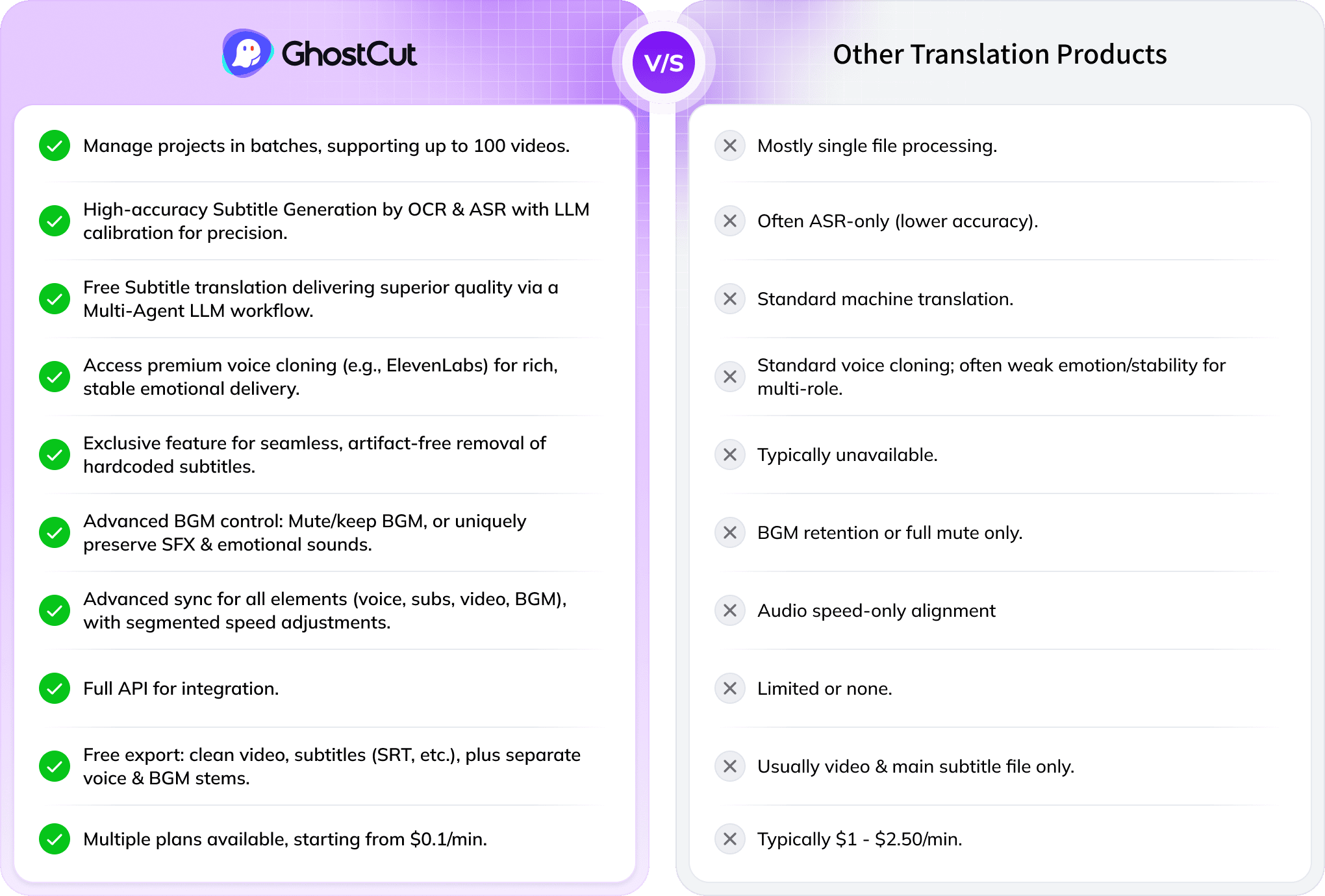
Every Algorithmic Optimization, Engineered for Quality Japanese Video
Mastering Long-Form YouTube Drama & Multi-Character Dubbing
Translating a 100-minute YouTube drama with 4000+ lines and many characters into Japanese is tough. Standard AI struggles to tell speakers apart, causing errors. GhostCut’s multi-modal AI (video, voice, text) excels in long-form, multi-speaker content, ensuring accurate, consistent character voices across entire series.
Translate Now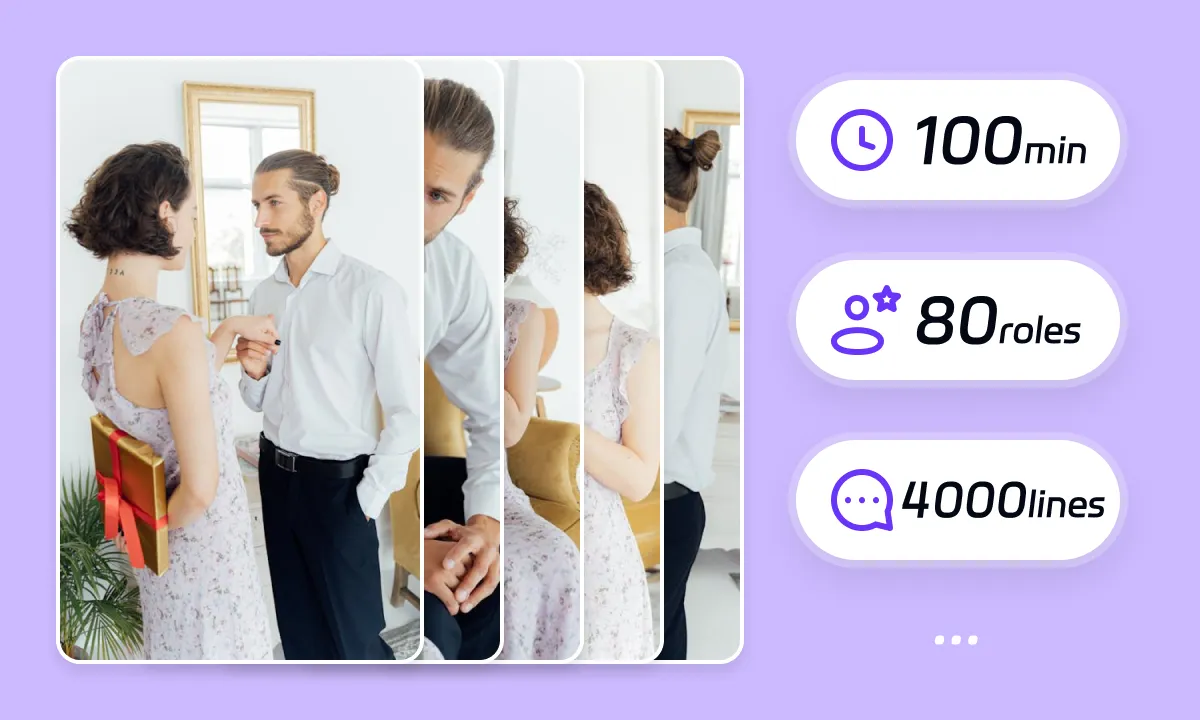
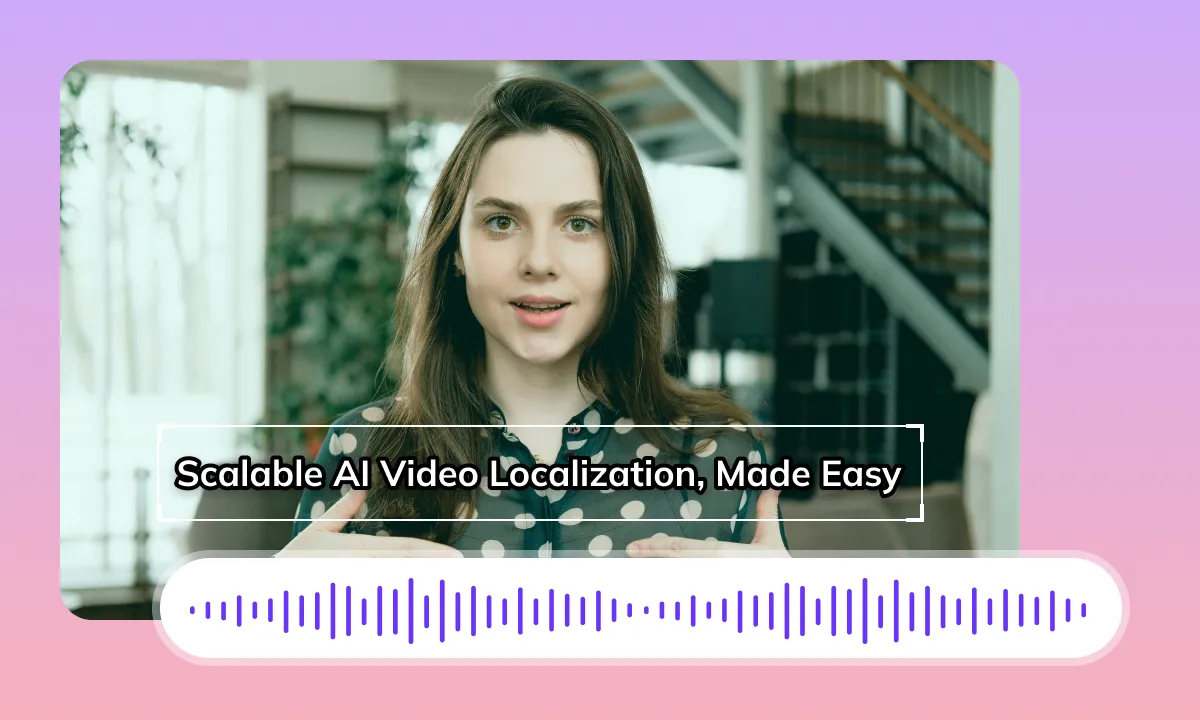
Seamless Japanese Dubbing & Perfect Lip-Sync
GhostCut ensures natural Japanese audio flow by treating related subtitles as whole ideas for TTS. It then precisely times new Japanese subtitles. Since YouTube-to-Japanese translation can change speech length, our AI expertly adjusts the new Japanese audio, subtitles, video, and BGM to maintain perfect sync, just like a seasoned editor.
Translate NowBoost ROI with Flawless YouTube Subtitle Removal
Original YouTube hardsubs can limit your video's global appeal. GhostCut’s AI doesn't just blur; it intelligently reconstructs the background obscured by YouTube subtitles, even complex ones, for a perfectly clean, high-quality visual. This means better viewer engagement, longer watch times, and higher ROI.
Translate Now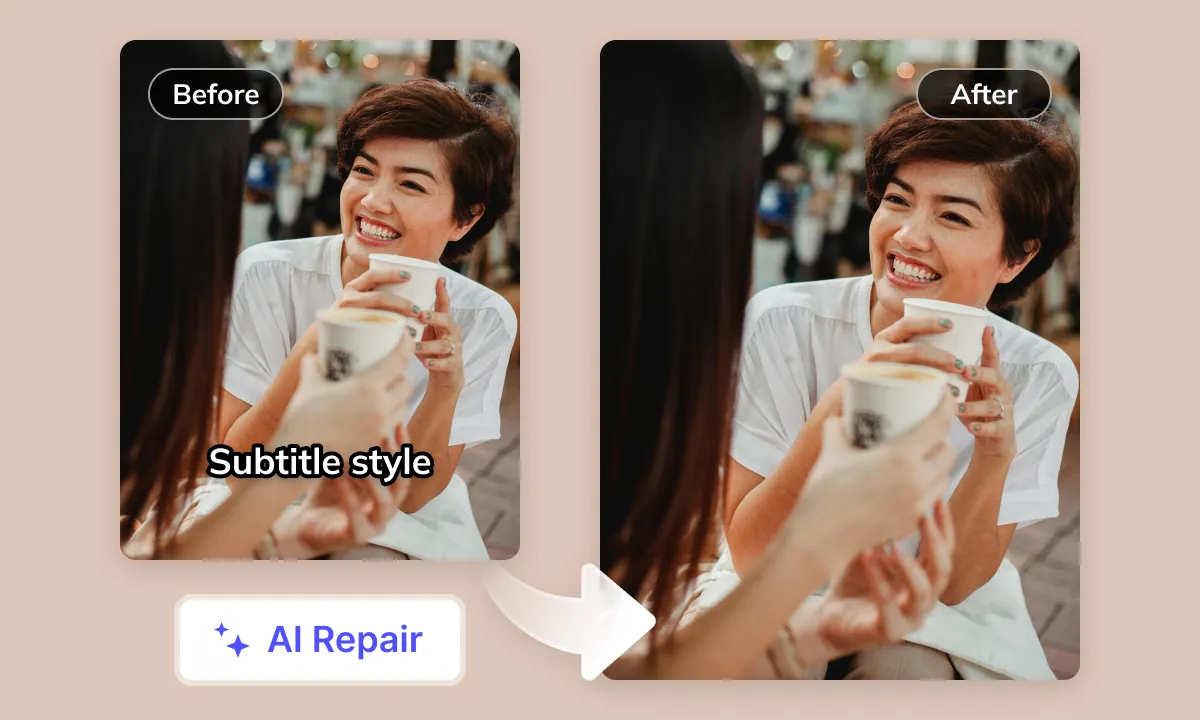
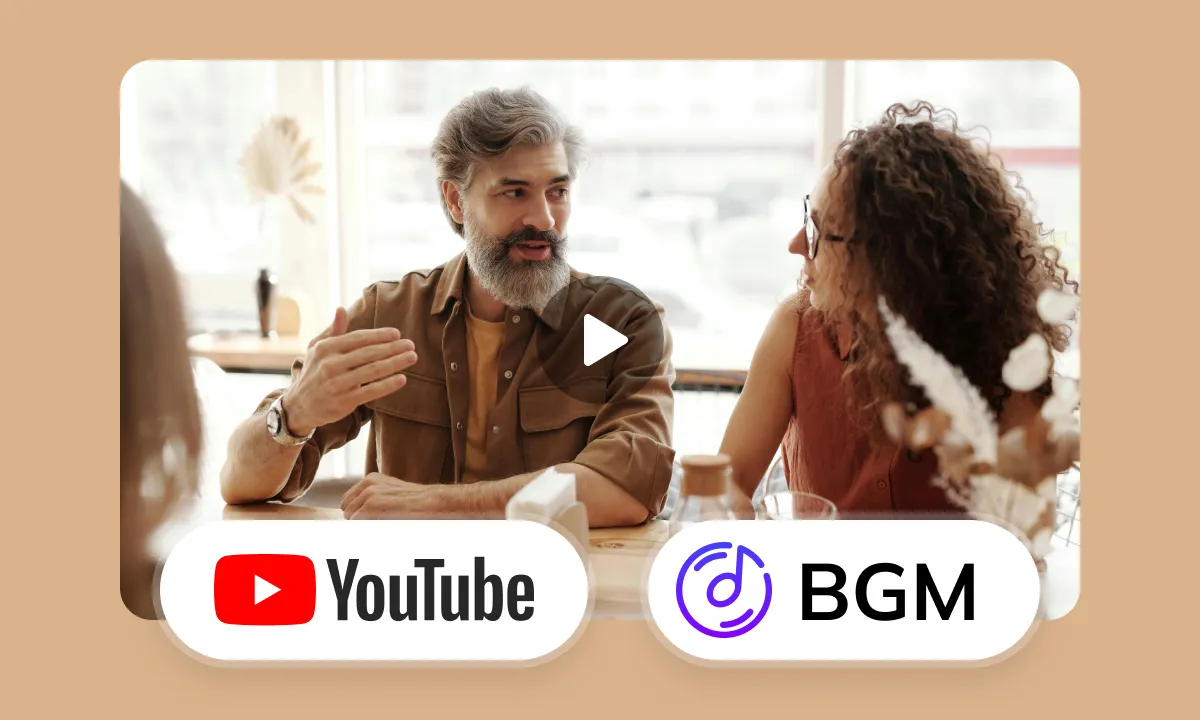
Smart Audio Control for YouTube Creators
Navigating BGM copyright on YouTube is tricky. GhostCut’s advanced audio separation isolates YouTube dialogue for translation, while intelligently managing BGM, sound effects, and even emotional expressions. Our "Keep SFX, Remove Music" option is a creator favorite for avoiding copyright issues without losing your video’s impact.
Translate NowYour YouTube Videos Deserve Global Japanese Visibility
Language barriers limit your YouTube videos' global Japanese market reach, irrespective of original language (Chinese, English, etc.) or content (livestreams, tutorials, vlogs). Without quality Japanese translation and dubbing on YouTube, non-Japanese videos hinder viewer comprehension, degrade experience, and reduce interaction and global reach. Thus, the market urgently requires professional, efficient AI video translation and dubbing solutions to easily localize YouTube videos into Japanese
Challenges in YouTube Video Translation to Japanese
Embedded Content Obstruction
If YouTube videos contain unremovable Chinese hardcoded subtitles or original Chinese voiceovers, this obstructs the viewing experience for Japanese audiences and may hinder subsequent translation or dubbing processes
Bridging Cultural and Linguistic Gaps
Chinese slang, online jargon, and culturally specific expressions differ significantly from Japanese. Literal translation can be stiff, inaccurate, or misleading. The core challenge lies in accurately conveying the original Chinese intent from YouTube videos using expressions that align with Japanese customs and culture
Subtitle Layout Optimization
Chinese subtitles are often concise. Translation to Japanese, due to kana and kanji combinations, can alter text length. Within the limited screen real estate of YouTube videos, re-adjusting Japanese subtitle breaks, line counts, and display speed is crucial to prevent text clutter or fleeting visibility
Speech Rate and Rhythm Alignment
Chinese YouTube videos often feature fast speech rates. When translating and dubbing into Japanese, differences in Japanese sentence structure and pronunciation time can arise. The challenge is to maintain informational integrity while coordinating speech rate and aligning with the original video's rhythm, especially lip sync
Chinese Voice Recognition Challenges
The accuracy of Chinese speech recognition is significantly impacted by diverse audio sources in YouTube videos, including background music, environmental noise, non-standard Mandarin, rapid dialogue, and constantly emerging internet slang. This directly affects the quality of subsequent Japanese translation
High-Quality Japanese AI Voice Selection
Despite numerous Japanese AI voice synthesis options available, finding a high-quality AI voice that is natural, emotionally expressive, and matches the content style and character emotions of YouTube videos remains a significant challenge
Perceptual Lip-Sync Visual Alignment
Lip movements vary greatly during speech. Achieving 'perceptual synchronization' between the dubbed Japanese audio and the original video's character lip movements requires advanced technology, especially critical during close-up shots
Ideal AI Translation Workflow Standards
A high-quality AI translation workflow for YouTube videos to Japanese should include: robust Chinese speech recognition (interference-resistant, recognizing internet slang) - generation of authentic, idiomatic Japanese translations (considering cultural and linguistic differences) - suitable high-quality Japanese AI dubbing (aiming for lip-sync and rhythm) - and ultimately, automatic, precise audio-visual alignment
Tackling Video Translation Challenges with AI Empowering your YouTube content for any worldwide scenario.
Your All-in-One AI Translation Studio
GhostCut offers more than just YouTube-to-Japanese translation. It's a complete AI-powered workflow: subtitle extraction 、 removal 、 translation and proofreading to multi-character dubbing , BGM processing, and final rendering. Go from YouTube source to global-ready videos, effortlessly.
